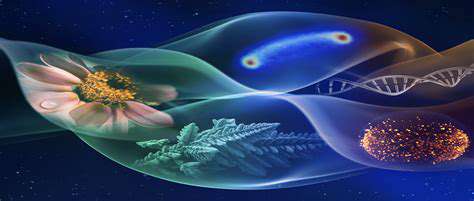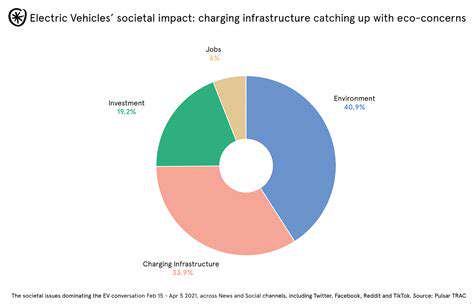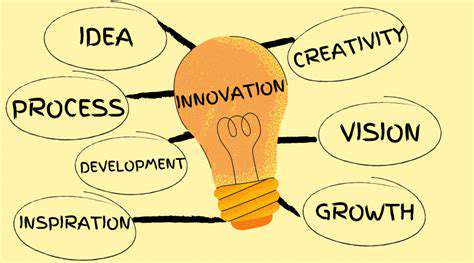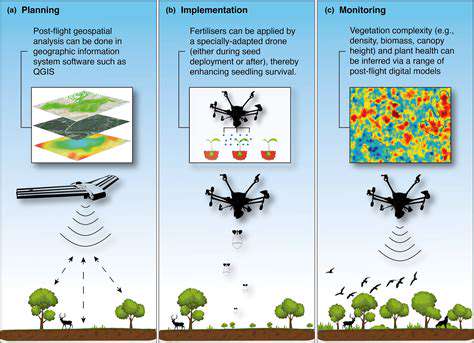Understanding the Significance of Lunar Basalt Flows
Lunar basalt flows, remnants of ancient volcanic activity, offer a window into the Moon's geological evolution. These formations, resulting from solidified lava, hold clues about the Moon's thermal history and volcanic processes. Accurately dating these flows is essential for constructing a reliable timeline of lunar events, shedding light on the Moon's dynamic past and its place in solar system history.
By determining the ages of basalt flows, researchers can connect them to other lunar phenomena like impact cratering. This helps place the Moon's geological story within the broader narrative of planetary formation and evolution across our solar system.
Radiometric Dating: The Key to Unlocking Lunar History
Scientists primarily use radiometric dating methods to determine the age of lunar basalt samples. These techniques analyze the natural radioactive decay of isotopes within the rocks. By measuring the ratios of parent isotopes to their decay products and applying known decay rates, researchers can calculate when the lava originally solidified.
Obstacles in Lunar Basalt Dating
Several factors complicate the dating of Moon rocks. Without atmospheric protection, lunar materials endure constant space weathering and micrometeorite impacts. These processes can alter isotopic compositions, potentially skewing dating results. Careful sample selection and advanced analytical techniques are required to account for these effects and ensure accurate age determinations.
Cross-Validation Through Multiple Dating Methods
To improve reliability, scientists employ complementary dating systems like Uranium-Lead (U-Pb) and Argon-Argon (Ar-Ar) analyses. When these independent methods yield consistent results, confidence in the age determinations increases. Discrepancies between methods can highlight potential issues with sample quality or analytical procedures.
Geological Context Matters
The origin and composition of basalt samples significantly influence dating outcomes. Volcanic rocks from different lunar regions may show varying isotopic signatures due to differences in their magma sources. Recognizing these variations is crucial for properly interpreting dating results and applying them across the Moon's diverse geological provinces.
Looking Ahead: The Importance for Future Exploration
Establishing a precise lunar chronology has far-reaching implications. A reliable timeline helps scientists interpret the Moon's geological record, guiding future sample collection and resource prospecting. This knowledge will prove invaluable as we plan sustained lunar exploration and study the Moon's role in Earth's early history.
Implications for Lunar Exploration and Future Missions
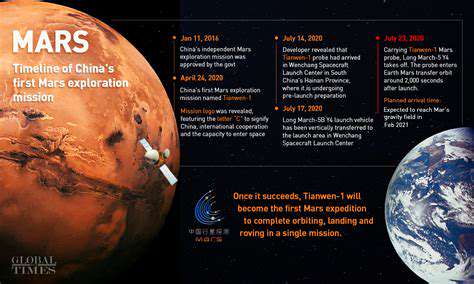
Sustainable Resource Utilization
The Moon's resources, particularly water ice in permanently shadowed regions, could revolutionize space exploration. These deposits offer potential sources of drinking water, breathable oxygen, and rocket propellant—key requirements for establishing permanent lunar outposts. Developing efficient extraction and processing techniques will be critical for creating self-sufficient lunar bases.
Scientific Discoveries Await
As a geological time capsule, the Moon preserves evidence of early solar system processes. Lunar samples contain information unavailable on Earth, offering unique insights into planetary formation and cosmic evolution. Continued study will advance our understanding of fundamental planetary science questions.
Technology Development Benefits
The challenges of lunar exploration drive innovation across multiple technical fields. Solutions developed for lunar applications—from advanced life support systems to autonomous robotics—often find valuable uses in terrestrial industries. This technology transfer can benefit sectors ranging from medicine to energy production.
Global Cooperation in Space
Lunar exploration increasingly involves international partnerships. Collaborative missions allow nations to share costs, expertise, and risks while fostering peaceful cooperation in space. Such partnerships may serve as models for addressing global challenges on Earth.
Economic Potential
The emerging lunar economy presents new commercial opportunities. Space tourism, resource extraction, and technology development could create entirely new industries and employment sectors. These ventures may eventually reduce the cost of space access while providing economic returns.
Ethical Considerations
As lunar activity increases, ethical questions emerge. Balancing scientific preservation with resource utilization requires thoughtful policies to protect important lunar sites while enabling sustainable development. International agreements will be needed to manage these competing priorities.
The Future of Human Settlement
Establishing permanent lunar bases represents a major technological challenge. Developing reliable radiation shielding, closed-loop life support, and in-situ resource utilization will be essential for long-term human presence. Success could mark humanity's first step toward becoming a multi-planetary species.
